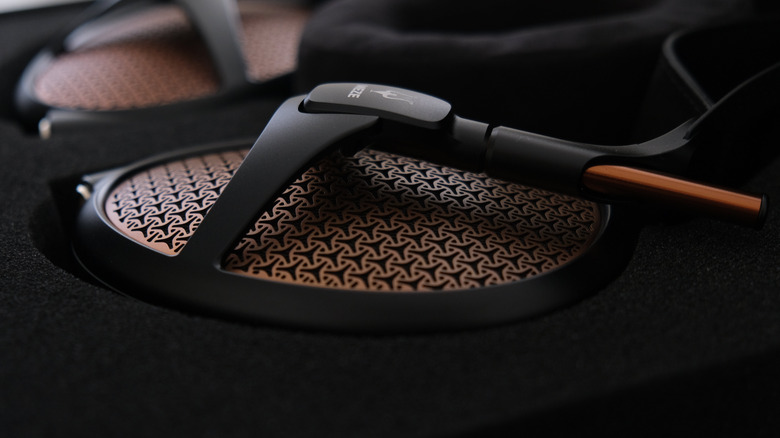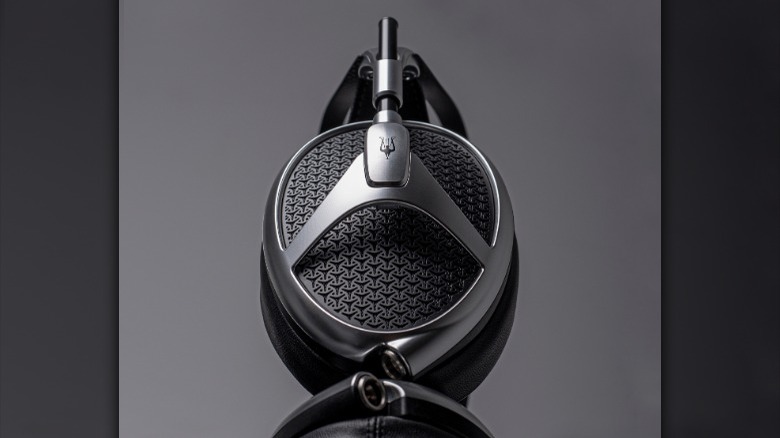Meze Empyrean Vs Meze Elite: Which One Is Worth The Money And Why
Romanian headphone maker, Meze Audio, knows a thing or two about quality sound. Its range of IEMs and headphones using either dynamic drivers or planar magnetic drivers look every bit as good as they sound. We recently reviewed its first planar magnetic headphone, Meze Empyrean, and were blown away by the style of the CNC'ed metal earcups, the warm, clean sound signature of the isodynamic planar magnetic drivers, and little quality of life features like the magnetically attached ear pads. They really are good enough to warrant the $2,999 price tag.
Back when Empyrean was first released, the audiophile community at large was filled with disparaging comments about the sound being too warm or not detailed enough or similar comments about how the sound deviated from the generally accepted thoughts about planar magnetic drivers. Meze has listened to the community's misgivings, as in 2021, it released a new isodynamic planar, the Meze Elite.
This new headphone looks very similar to the Empyrean on the outside but is, in fact, a completely new driver inside with different acoustic properties. It also costs $1,000 more than the Empyrean. We're talking about two expensive pairs of headphones here with different sound signatures.
Elite name, elite pricetag
Both the Empyrean and Elite have the same exterior, with CNC'ed earcups, carbon fiber headbands, and a real leather strap for stress relief when worn. The Elite comes with polished aluminum or tungsten-colored Cerakote for its metal parts, and the Empyrean either comes in black with copper or all-black.
With how similar they look on the outside, you might be forgiven if you think the Elite is an upgraded Empyrean. Both headphones use drivers designed by Rinaro, with the critical difference being the redesigned Isodynamic Hybrid Array driver used in the Elite.
The diaphragm used in the Elite brings a more neutral-sounding sound signature than the musicality that the Empyrean shouts at every opportunity. It's every bit as easy to drive, with both headphones having 32 ohms of impedance. The Elite has a slightly wider frequency response from 3 Hz to 112 kHz versus the Empyrean's 4 Hz to 110 kHz, but that's splitting hairs. The new driver is 7g lighter, at 75g, thanks to the thinner, stretched Parus material used for the diaphragm.
The decision is between a $2,999 pair of good-looking, comfortable headphones with more bass but less clear across the rest of the range and a $4,000 pair of good-looking, comfortable headphones with less bass but more technically accomplished across the rest of the range. Both are good overall, and both are good at specific things.

